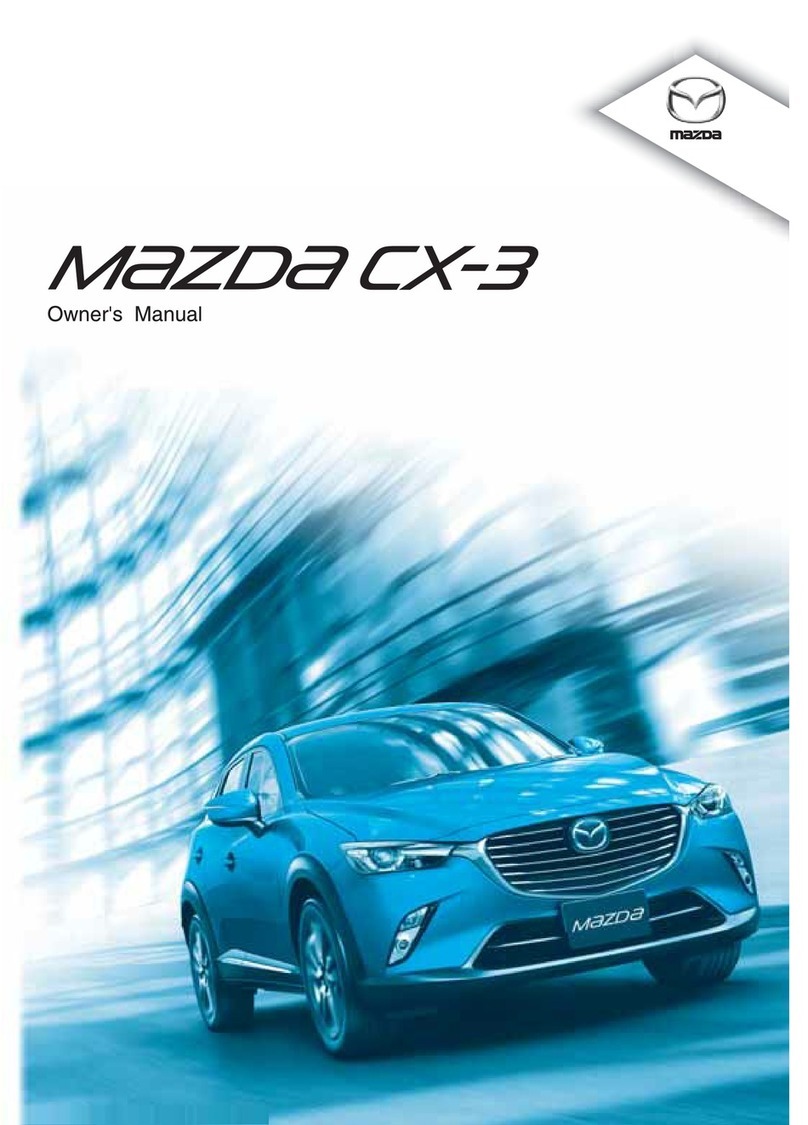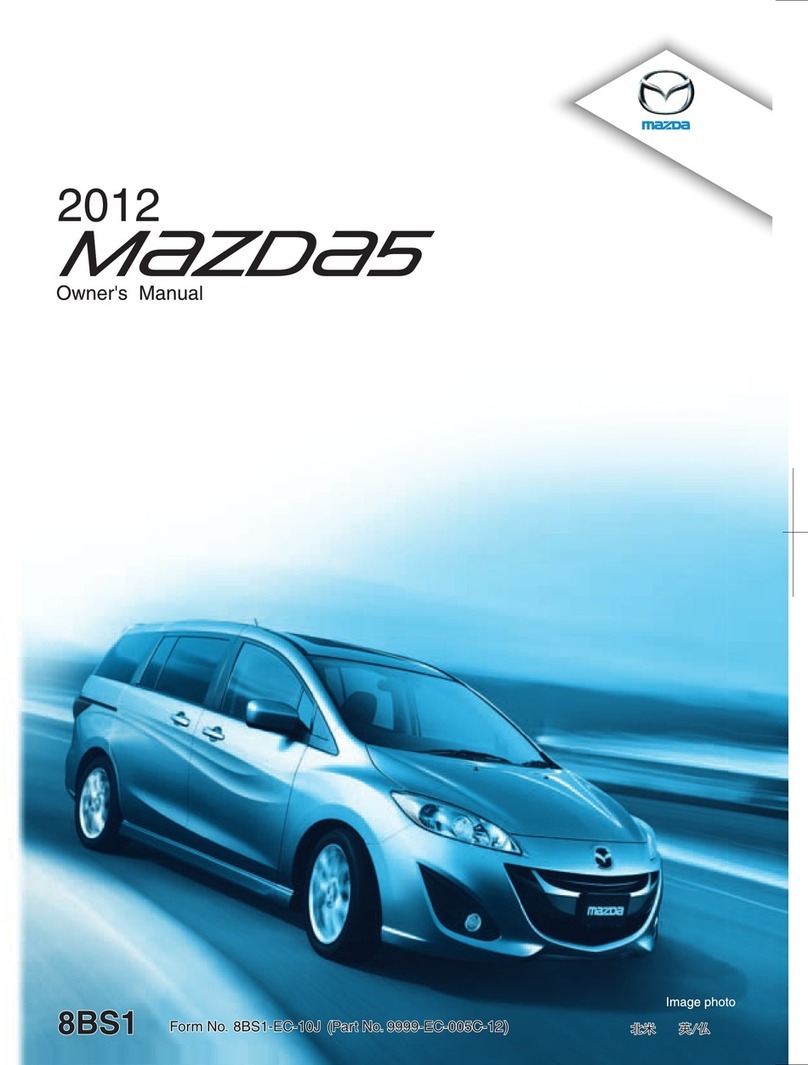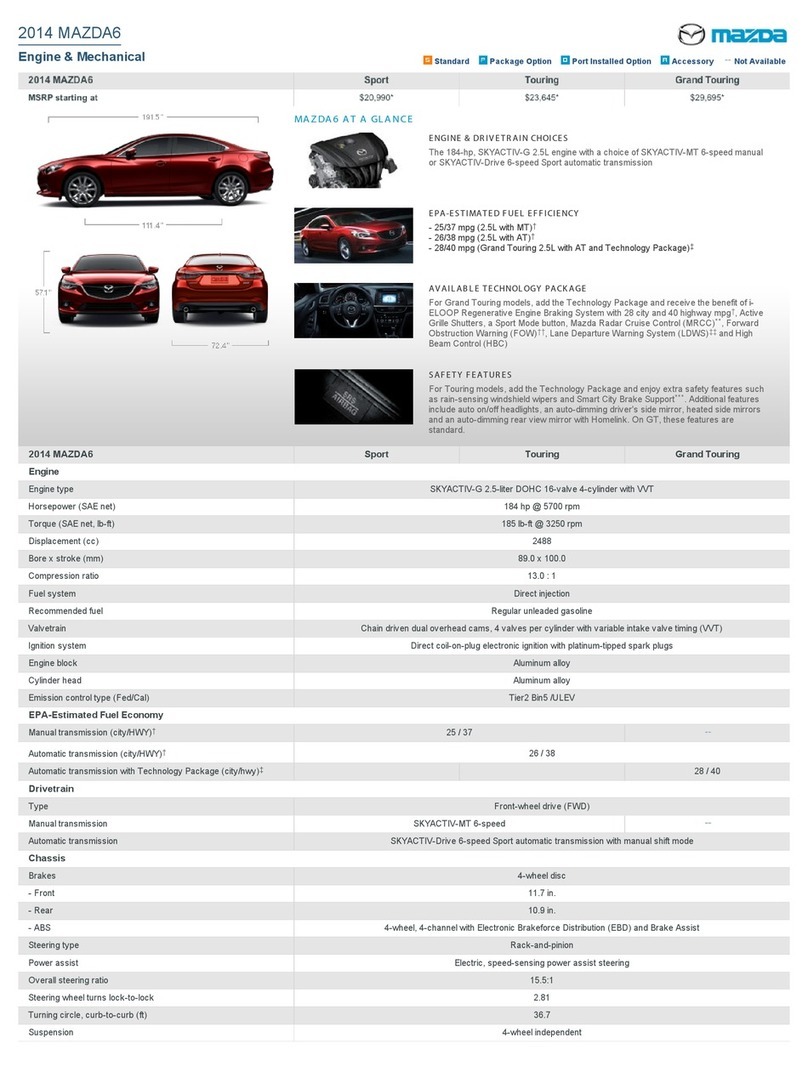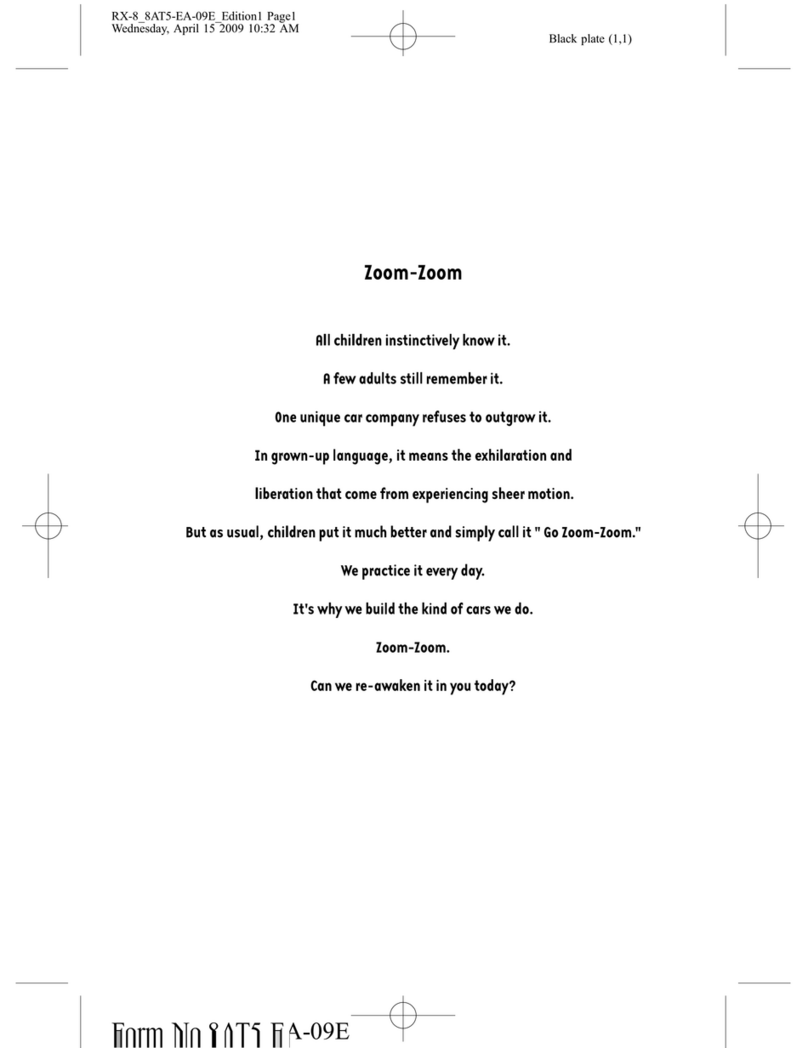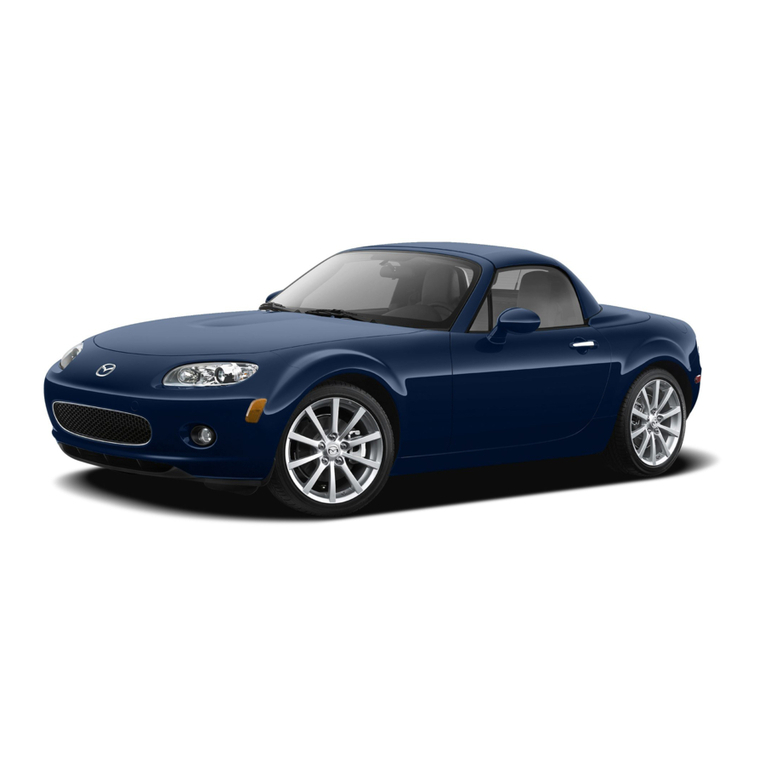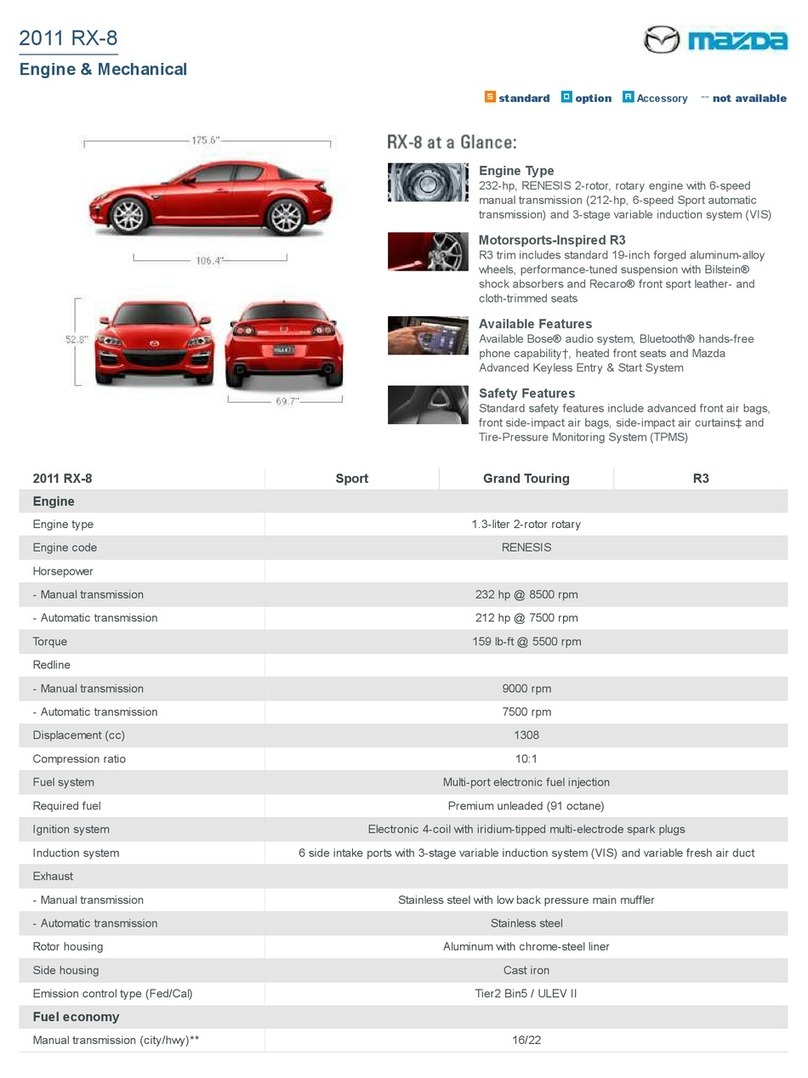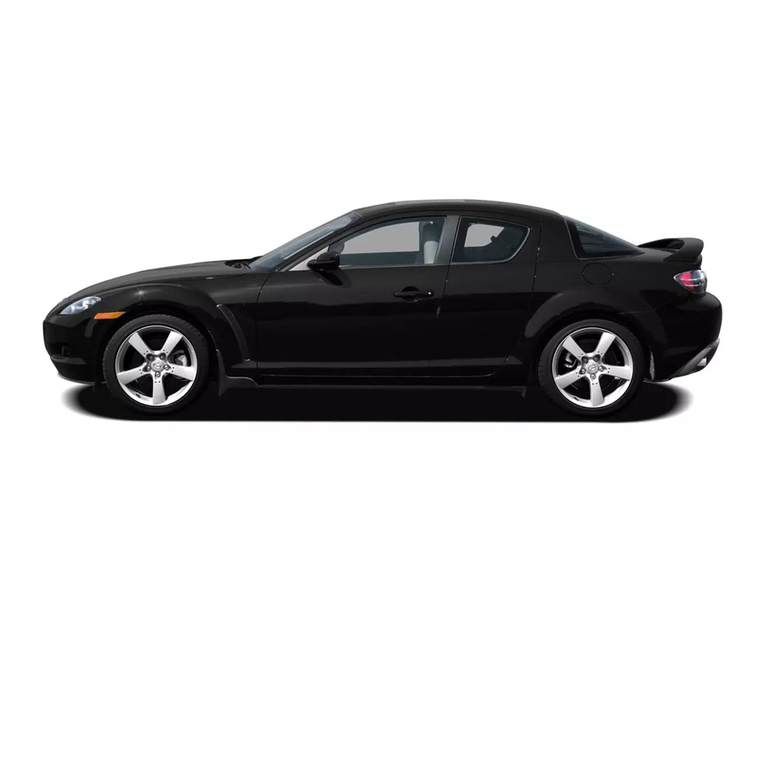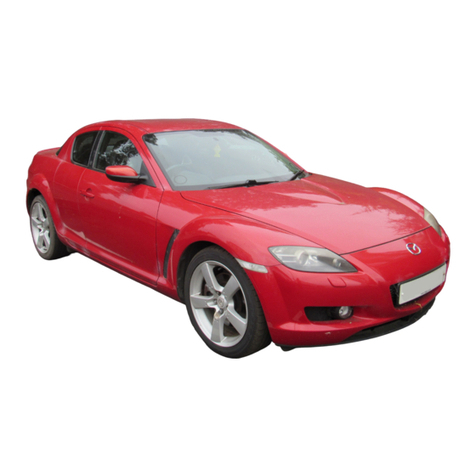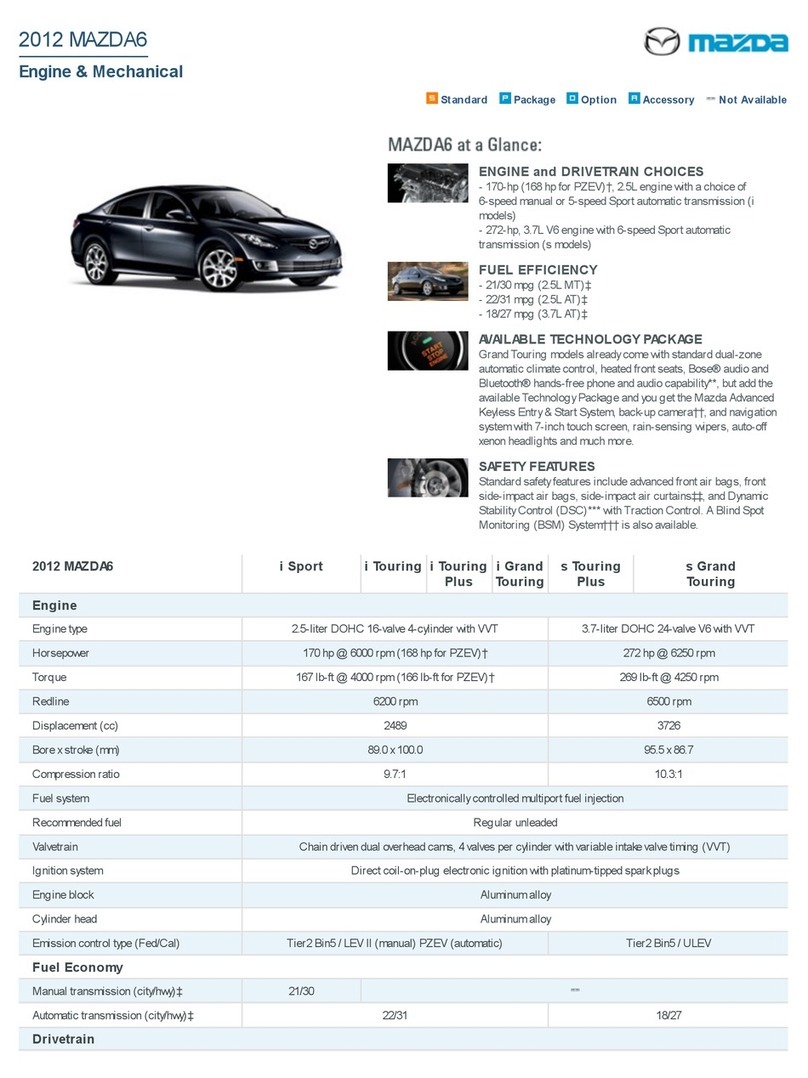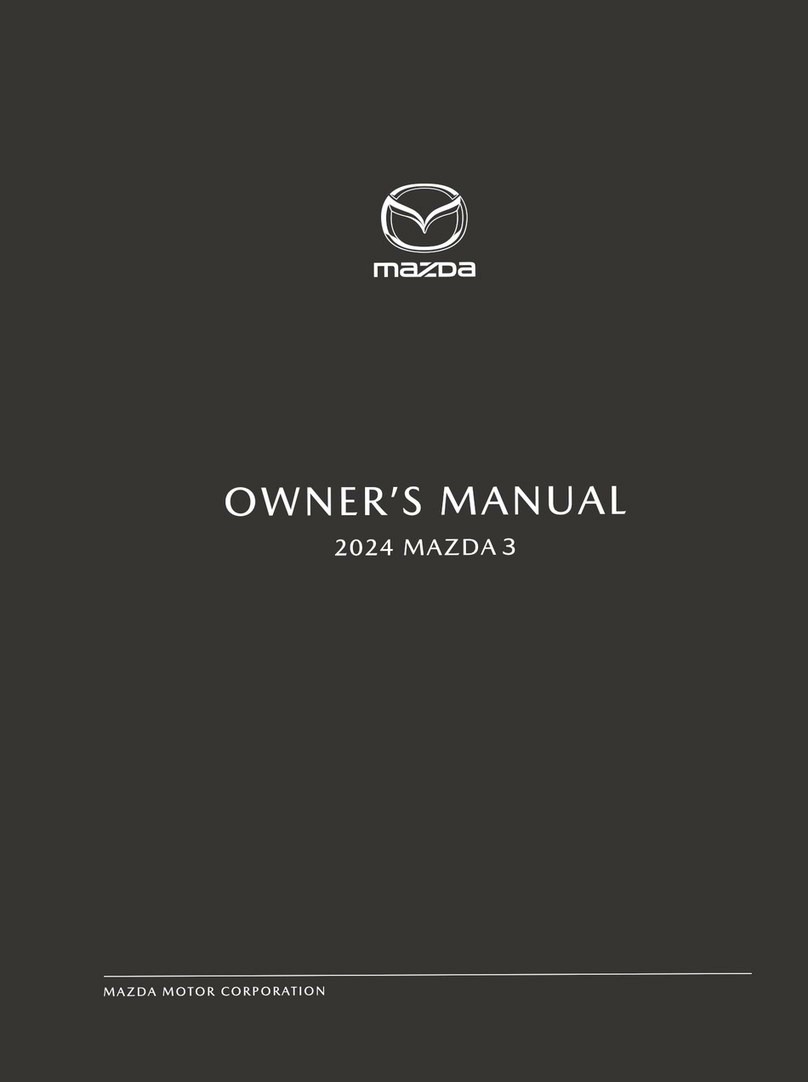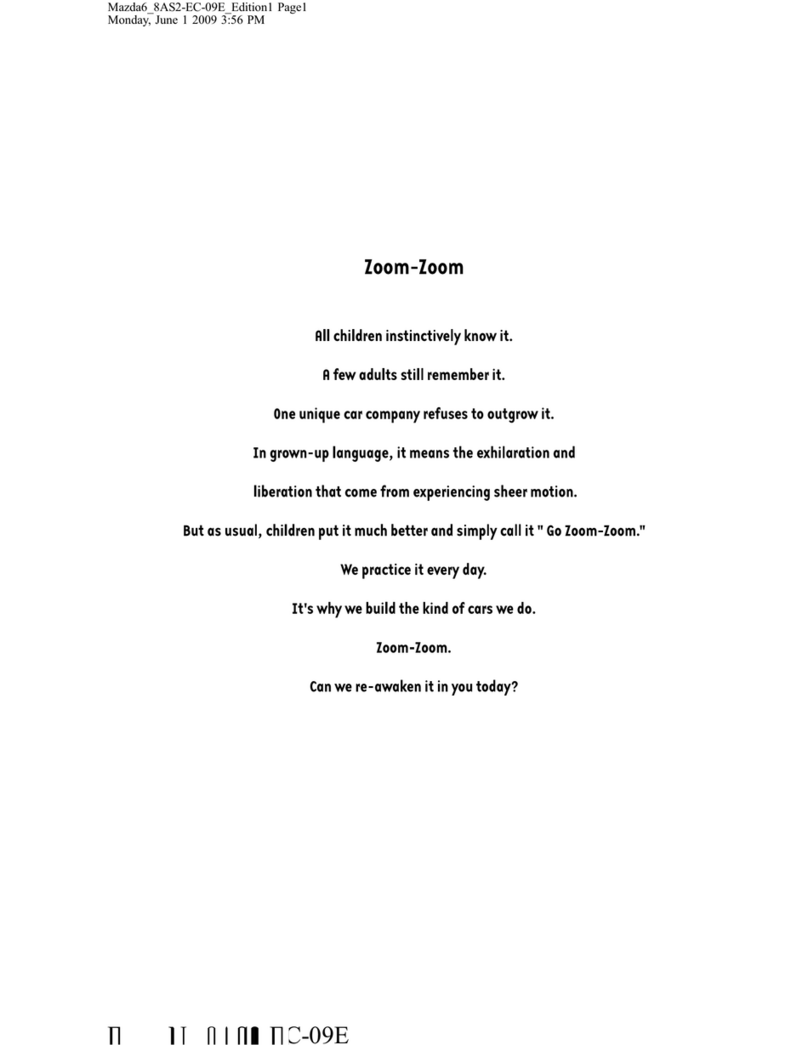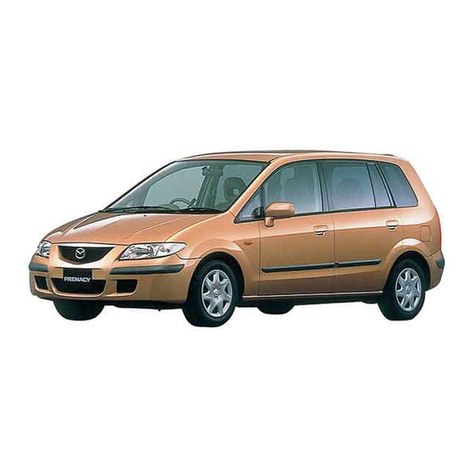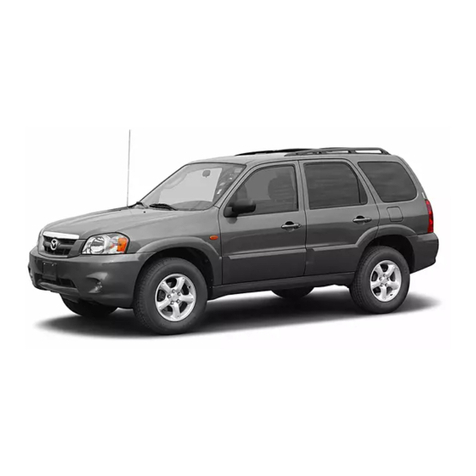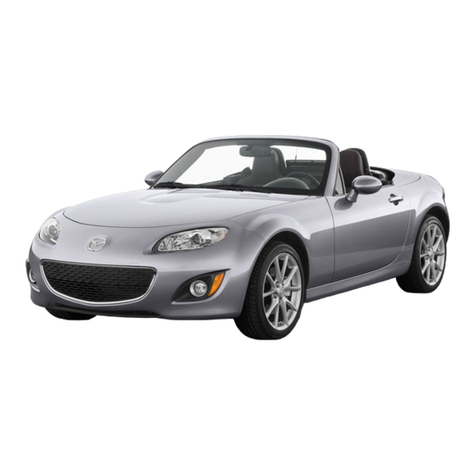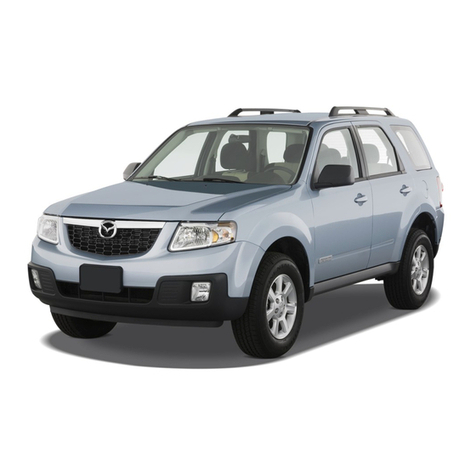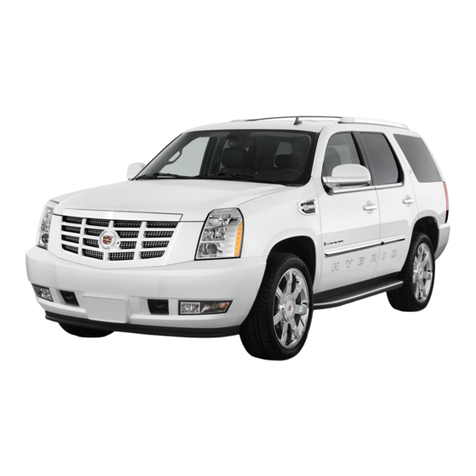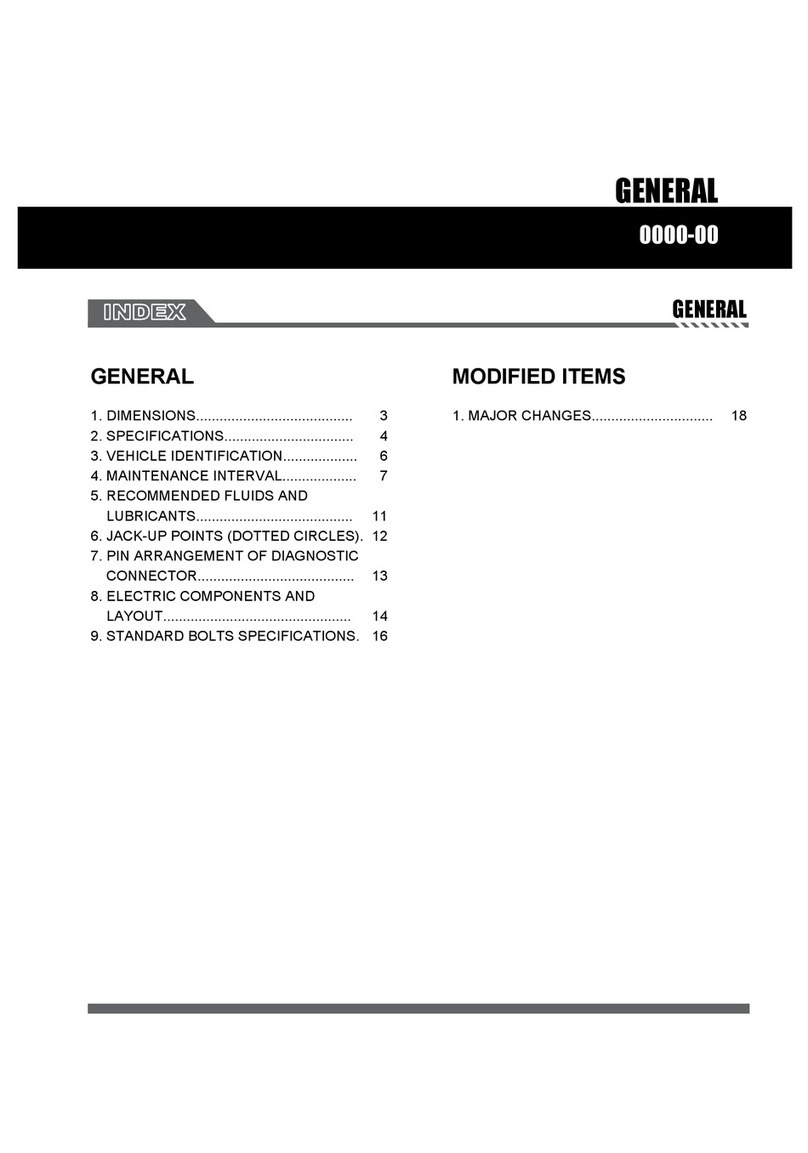
GENERAL INFORMATION 00
SECTION
GENERAL INFORMATION .... 00-00
00-00 GENERAL INFORMATION
HOW TO USE THIS MANUAL
................
00-00-2
Range of Topics
...................................
00-00-2
Ser ice Procedure
...............................
00-00-2
Symbols
.................................................
00-00-4
Ad isory Messages
.............................
00-00-4
Upper and Lower Limits
.......................
00-00-4
Troubleshooting Procedure
..................
00-00-4
Procedures for Use
.............................
00-00-5
Text Sequence
.....................................
00-00-7
UNITS
.........................................................
00-00-8
Con ersion to SI Units
(Système International d'Unités) 00-00-8
Rounding O ff
.........................................
00-00-8
Upper and Lower Limits........................ 00-00-8
SAE STANDARDS
...................................
00-00-8
FUNDAMENTAL PROCEDURES
..........
00-00-10
Protection of the Vehicle
......................
00-00-10
Preparation of Tools and Mesuring
Equipment
...........................................
00-00-10
Special Tools
.........................................
00-00-11
Disconnection of the Negati e Battery
Cable
...................................................
00-00-11
Remo al of Parts
.................................
00-00-11
Disassembly
.........................................
00-00-11
Inspection During Remo al,
Disassembly
.......................................
00-00-11
Arrangement of Parts
...........................
00-00-11
Cleaning of Parts
.................................
00-00-11
Reassembly
...........................................
00-00-12
Adjustments
...........................................
00-00-12
Rubber Parts and Tubing
....................
00-00-12
Hose Clamps
.........................................
00-00-12
Torque Formulas
...................................
00-00-12
V ise
.........................................................
00-00-13
Dynamometer
.......................................
00-00-13
INSTALLATION OF RADIO SYSTEM .. 00-00-13
ELECTRICAL SYSTEM
............................
00-00-13
Electrical Parts
.....................................
00-00-13
Connectors
...........................................
00-00-13
Terminals
...............................................
00-00-14
Sensors, Switches, and Relays
..........
00-00-15
Wiring Harness
.....................................
00-00-15
Fuse
.......................................................
00-00-15
Electrical Troubleshooting Tools 00-00-15
JACKING POSITIONS
.............................
00-00-16
VEHICLE LIFT (2 SUPPORTS) AND
SAFETY STAND (RIGID RACK)
POSITION
...............................................
00-00-17
Vehicle Lift Positions
............................
00-00-17
Safety Stand Positions
..........................
00-00-17
TOWING
.....................................................
00-00-17
Tiedown Hooks
.....................................
00-00-18
IDENTIFICATION NUMBER
LOCATIONS
...........................................
00-00-18
Vehicle Identification Number (VIN)... 00-00-18
Chassis Number
...................................
00-00-18
Engine Identification Num ber
..............
00-00-19
Automatic Transaxle Number
..............
00-00-19
ABBREVIATIONS
.....................................
00-00-19
PRE-DELIVERY INSPECTION
................
00-00-22
Pre-Deli ery Inspection Table
..............
00-00-22
SCHEDULED MAINTENANCE
..............
00-00-23
Scheduled Maintenance Table
(Except Canada)
.................................
00-00-23
Scheduled Maintenance Table
(Canada)
.............................................
00-00-25
00-00-1
